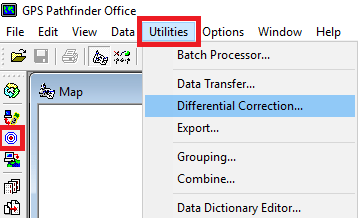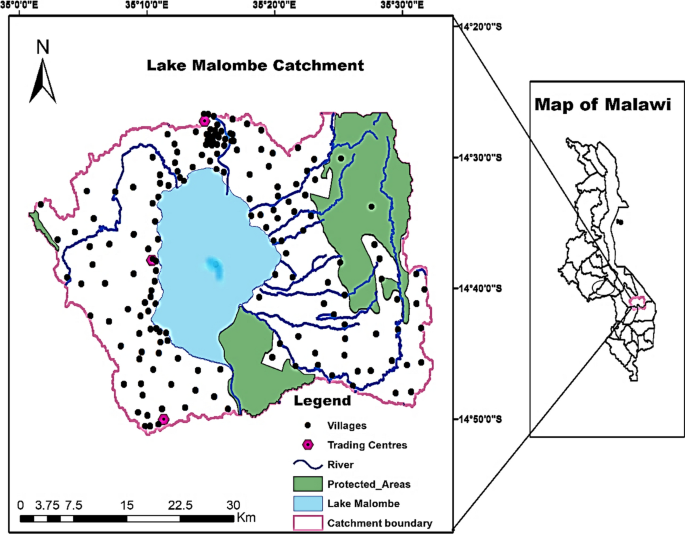

We refer to these networks of monuments as passive control networks. The published coordinates for these monuments were the positioning standard, and surveyors used them to control their surveys. Geodetic networks traditionally consisted of control monuments distributed across the Canadian landmass. Much like reference systems, geodetic control networks have evolved over the decades. All of these are capped by the VLBI, which, along with the CACS, contributes to the ITRF. On top of these are stacked the active networks, with regional and provincial active control points (ACPs) then the CACS. These include provincial, municipal and regional densification networks as the foundation then provincial high-precision networks then the Canadian Base Network. This pyramid-shaped figure shows the hierarchy of geodetic control networks in NAD83(CSRS). The role of geodetic control networksįigure 1: NAD83(CSRS) geometric reference frame It’s aligned to ITRF2008 at the centimetre level. The latest version was implemented in 2013 and is called WGS84(G1762). Like ITRF, it is periodically updated with new versions, which are denoted by the GPS week number of the date it was put into use. National Imagery and Mapping Agency for their GPS positioning system.

WGS84 is another global reference system we use in Canada. The dynamic nature of this frame means that positions in ITRF change with time, and the coordinates refer to a date we call an epoch. The ITRF is a global reference frame, so unlike NAD83, it’s not fixed to any specific tectonic plate. Since 1990, the most accurate and stable reference frames available are the successive versions of the ITRF produced by the International Earth Rotation and Reference Systems Service (IERS). North American Datum of 1983’s (NAD83) relationship with the International Terrestrial Reference Frame (ITRF) and the World Geodetic System of 1984 (WGS84) We keep NAD83(CSRS) aligned to the North American plate using the NNR-NUVEL-1A estimate of plate motion. collaborated to redefine NAD83 in relation to the ITRF through a seven-parameter transformation using VLBI stations common to both systems. NAD83(CSRS) represents a dynamic 3D realization of NAD83(Original). However, many geospatial datasets still exist today in NAD83(Original). It has evolved from a traditional, ground-based, horizontal control network called NAD83(Original) to a space-based, dynamic 3D realization called NAD83(CSRS). NAD83 has undergone several updates since we first introduced it in 1986. From the North American Datum of 1983 (NAD83(Original)) to the North American Datum of 1983 of the Canadian Spatial Reference System (NAD83(CSRS))
#Gps pathfinder office map scale is incorrect update#
As measuring techniques improve and the physical environment changes, we publish new coordinates to update that reference frame. When we publish coordinates for geodetic control points in a reference system, we define what we call a reference frame. In Canada, the official geometric reference system adopted in most jurisdictions is the NAD83(CSRS). Geometric reference systems provide a way to define latitude, longitude and ellipsoidal height. Canadian Gravity Standardization Network (CGSN).Canadian Geodetic Vertical Datum of 1928 (CGVD28).Canadian Geodetic Vertical Datum of 2013 (CGVD2013).Commercial real-time kinematic (RTK) networks.Very long baseline interferometry (VLBI).North American Datum of 1983’s (NAD83) relationship with the International Terrestrial Reference Frame (ITRF) and the World Geodetic System of 1984 (WGS84).From the North American Datum of 1983 (NAD83(Original)) to the North American Datum of 1983 of the Canadian Spatial Reference System (NAD83(CSRS)).You can learn about each of these and access related tools below. It includes the geometric, height and gravity reference systems.

The CSRS is a collection of standards, models, data products and infrastructure supporting geospatial positioning in Canada.

The CSRS has needed to evolve in order to provide a consistent reference for data collected at different epochs. We also know that the Earth is dynamic and continually changing. That’s largely due to how technology has evolved, particularly the introduction of global navigation satellite systems (GNSSs) such as the global positioning system (GPS). How we define and access the CSRS has changed dramatically over time. If you’re a surveyor, geoscientist, engineer or other professional, you might rely on the CSRS to provide a consistent approach to activities such as mapping, land surveying, engineering, water management and more. At the Canadian Geodetic Survey (CGS), we define, maintain, improve and facilitate access to the Canadian Spatial Reference System (CSRS), which establishes the reference for latitude, longitude, height and gravity in Canada.


 0 kommentar(er)
0 kommentar(er)
